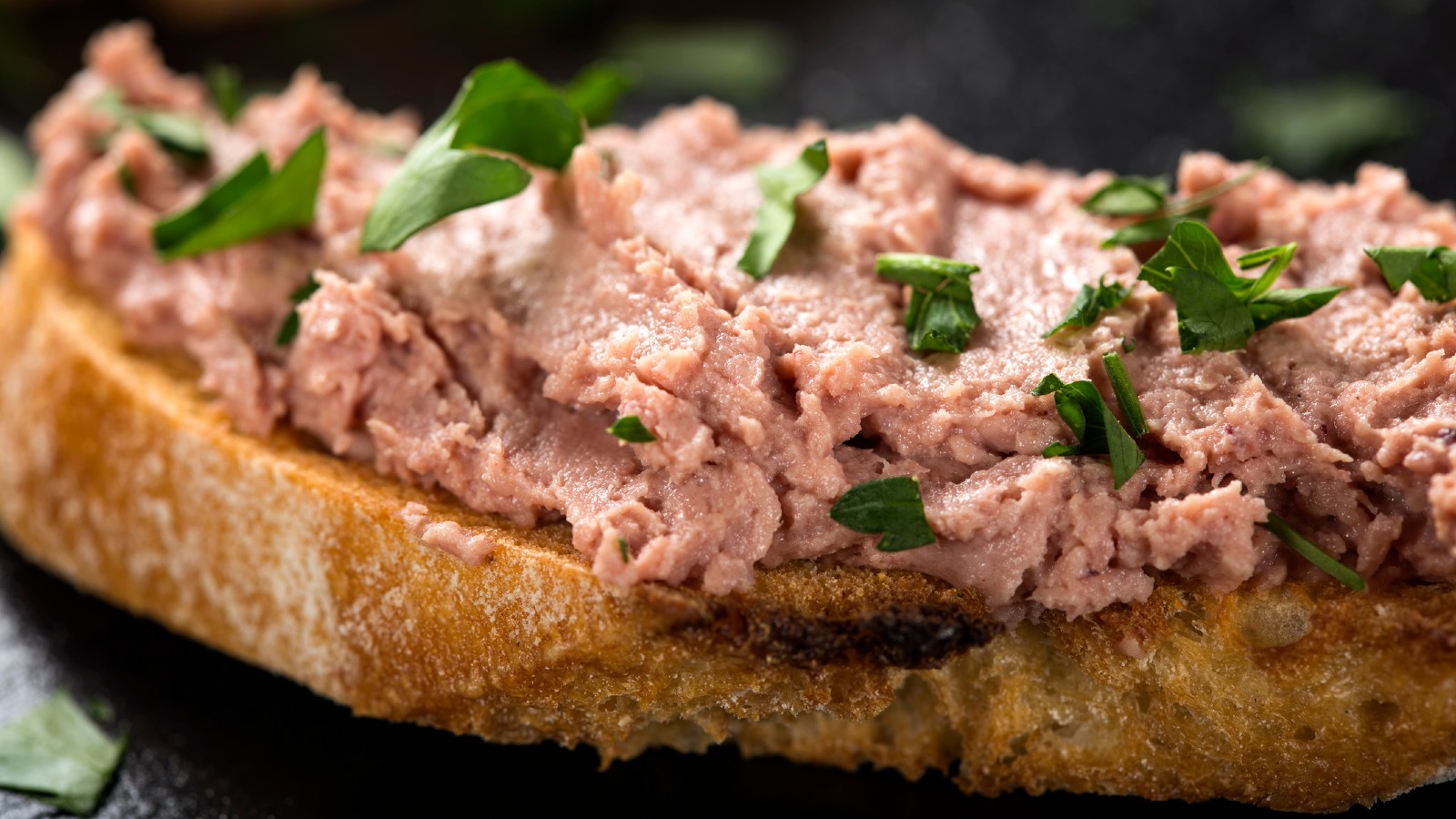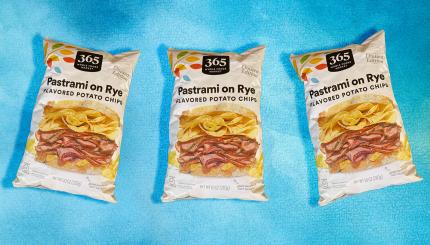What do you think of when you hear the word “liverwurst?” Many people think of something gross, usually liver (which, although pooh-poohed by Americans, is very popular in many cuisines across the world). Then there’s the German word “wurst” (meaning “sausage”), which sounds exactly like the English word for something that’s the least likable, the most inferior. Even translated fully into English (liver sausage), it sounds horrendous.
Beyond its name, liverwurst is a paté, which makes most Americans squeamish. It’s made from offal, the internal organs (heart, liver, kidney, brain) and entrails (stomach and intestines) of a butchered animal — usually pork. Liverwurst is mentioned in the 1987 Chicago Tribune article titled “The Foods You Love to Hate,” and even with the rising popularity of charcuterie and nose-to-tail eating, liverwurst hasn’t gained traction in the U.S.
Despite Americans’ aversion to liverwurst, I love it. For me, it provokes feelings of adoration and nostalgia. I grew up eating liverwurst and associate it with one of the most important people in my life: my grandmother, Tutu. For the record, my kids love it, too.
One of my most cherished childhood memories is of eating liverwurst in Tutu’s San Francisco apartment. My grandparents were German Jewish exiles who barely escaped Nazi Germany in 1938. They arrived first in Honolulu, where they lived for three years until Pearl Harbor; that’s where the name “Tutu” came from — it’s Hawaiian for grandmother. They settled in San Francisco in 1975. I was born the following year.
The Nosher celebrates the traditions and recipes that have brought Jews together for centuries. Donate today to keep The Nosher's stories and recipes accessible to all.
Although I grew up eating liverwurst, my parents never fed it to me; it was a treat (along with Barbies, paper dolls, and My Little Ponies) reserved for Tutu’s house. Unlike many grandmas, Tutu wasn’t much of a cook — she much preferred to have family celebrations at restaurants — so her kitchen rarely smelled of sumptuous food preparation. But Tutu always made sure her grandkids’ favorite store-bought foods were available when we visited: hard boiled eggs (always sliced with an old-school slicer, which I later inherited), Stove Top, chocolate pudding and sprinkles, and a fresh pack of liverwurst.
At some point, I internalized the idea that it wouldn’t be cool for me to bring a liverwurst sandwich to school — the other kids would have turned their noses up in disgust. But that didn’t stop me from enjoying my liverwurst on toast under safe cover at Tutu’s house. She would even cut off the end of the Farmer John liverwurst tube when she opened a new package and save it for me for the next time I was at her house — she knew I loved scooping out the meaty, smooth spread from its snug, hemispheric encasing and eating it directly, even before I put it on bread or crackers!
The fact that liverwurst was a staple at Tutu’s house also taught me about the cultural specificities of our German Jewish ancestry. After all, liverwurst isn’t a thing other Jewish kids eat — it’s a quintessentially German product. It was also a symbol of the fact that German Jews had been well-integrated into German society before the Nazis came to power; they had attained economic success and weren’t as marginalized as other European Jewish groups were. They were also more secular than other Jews, likely because they came to understand that being less observant might help them avoid the stigma of being Jewish and fit into German society better. German Jews were culturally quite German, which set them apart in certain ways from other Ashkenazi Jews who emigrated to the U.S. in the early 20th century. This specific history explains why, although Tutu held very negative feelings about Germany, she still carried on German traditions, like eating liverwurst.
Liverwurst represents my cultural heritage, my family history, and the unique traditions of German Jews. Continuing to eat it is one of the ways I honor Tutu and pass down our traditions to my own children. I feed it to my kids — spread on toast or crackers — partly as a way of teaching them about their family history, but also because, despite popular opinion, liverwurst is delicious!
We all know kids: if they think something is gross they’ll refuse to eat it. But my eight-year-old son asks for liverwurst. He still doesn’t remember its weird name so when he wants it, he asks for “Starburst.” My daughter is only two and can’t yet ask for it by name. But I can only hope that, like her namesake — her middle name is Hilda, Tutu’s given name — she will love liverwurst as much as I do.



